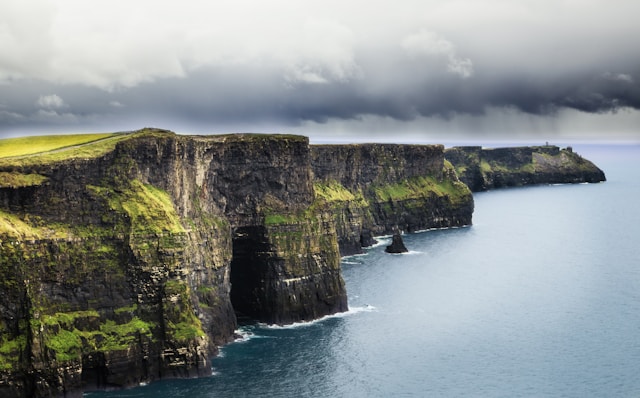Ireland, with its lush green landscapes, rich history, and vibrant culture, is a destination that captivates travelers year-round. However, choosing the best time to visit can greatly enhance your experience. In this guide, we’ll explore the unique characteristics of each season to help you decide when to plan your trip to the Emerald Isle.
Spring: A Blooming Landscape (March to May)
Spring is one of the most beautiful times to visit Ireland. As the country awakens from its winter slumber, the landscape bursts into color with blooming flowers and lush greenery. Temperatures range from 8°C to 15°C (46°F to 59°F), making it a comfortable time to explore both cities and countryside.
Key Highlights:
- St. Patrick’s Day Celebrations: March 17th marks Ireland’s most famous holiday, with parades, festivals, and vibrant street celebrations, especially in Dublin.
- Wildflowers and Gardens: Visit places like the Burren National Park and Killarney National Park to see wildflowers in full bloom.
- Fewer Crowds: Spring is the shoulder season, so you’ll enjoy fewer tourists and potentially lower accommodation prices.
Summer: The Height of Tourism (June to August)
Summer is the peak tourist season in Ireland, and for good reason. The weather is at its warmest, with temperatures ranging from 12°C to 20°C (54°F to 68°F). The long daylight hours allow for extended exploration of the countryside, coastlines, and historic sites.
Key Highlights:
- Outdoor Activities: Summer is perfect for hiking, cycling, and exploring Ireland’s stunning landscapes, including the Cliffs of Moher and the Ring of Kerry.
- Festivals and Events: Summer is festival season in Ireland, with events like the Galway Arts Festival and the Kilkenny Arts Festival drawing large crowds.
- Lush Landscapes: The country is at its greenest, offering breathtaking scenery perfect for photography.
Autumn: A Time for Tranquility (September to November)
Autumn in Ireland is a time of vibrant colors, mild weather, and a more relaxed atmosphere as the summer crowds dissipate. Temperatures range from 9°C to 17°C (48°F to 63°F), making it a comfortable season for exploring both urban and rural areas.
Key Highlights:
- Autumn Foliage: The Irish countryside transforms into a palette of red, orange, and gold, particularly in areas like Wicklow Mountains National Park.
- Cultural Experiences: September is the month for the Dublin Theatre Festival, showcasing the best of Irish and international drama.
- Harvest Festivals: Experience traditional Irish harvest festivals and food events, where you can taste the best of local produce and cuisine.
Winter: A Cozy Escape (December to February)
While winter in Ireland is cold, with temperatures ranging from 2°C to 8°C (36°F to 46°F), it’s also a magical time to visit. The country takes on a festive atmosphere during the holiday season, with Christmas markets, cozy pubs, and traditional music sessions.
Key Highlights:
- Christmas in Ireland: Dublin and other cities are beautifully decorated, with Christmas markets offering unique gifts and local treats.
- Cozy Pubs and Music: Warm up in a traditional Irish pub with a pint of Guinness and enjoy live music by the fire.
- Lower Prices: Winter is the low season for tourism, so you can find great deals on flights and accommodation.
Choosing the Best Time for You
The best time to travel to Ireland depends on your personal preferences and the experiences you seek. Whether you’re looking for vibrant festivals, tranquil landscapes, or a cozy winter escape, Ireland offers something special in every season. By considering what each time of year has to offer, you can plan a trip that perfectly aligns with your desires.
No matter when you choose to visit, Ireland’s charm, warmth, and natural beauty are sure to leave a lasting impression.

